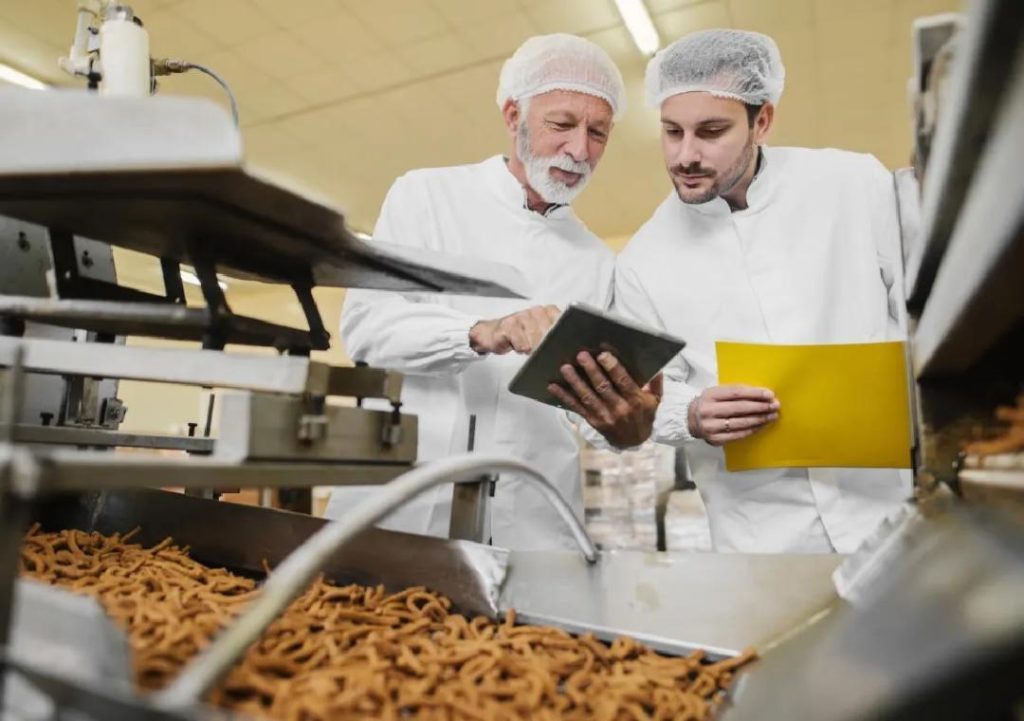
Can P&L Optimisation Redefine Success in Food Technology?
The food technology industry is known for its fast-paced and ever-changing nature. With the rise of online food ordering, meal kit delivery, and plant-based alternatives, companies are constantly looking for ways to stay ahead of the competition and improve their bottom line. One key area where food technology companies can achieve this is through profit and loss (P&L) optimisation.
P&L optimisation involves streamlining profit and loss operations by leveraging automation, smart inventory systems, and data analytics. By cutting waste, sharpening demand forecasting, and supporting better decision-making, companies can boost margins, ensure sustainable growth, and stay competitive in the industry.
In recent years, we’ve seen a significant shift towards P&L optimisation in the food technology industry. This is largely driven by the need to adapt to changing consumer preferences, reduce waste, and increase efficiency. With the rise of automation and data analytics, companies are now better equipped to make data-driven decisions and optimise their P&L operations.
One of the key benefits of P&L optimisation is its ability to reduce waste. In the food industry, waste is a major issue, with an estimated 30-40% of food produced in the United States going uneaten. By implementing smart inventory systems and leveraging data analytics, companies can identify areas where waste is occurring and take steps to reduce it. This not only saves money but also helps reduce the environmental impact of food production.
Another benefit of P&L optimisation is its ability to sharpen demand forecasting. Food technology companies often struggle to accurately predict demand, which can lead to overproduction or underproduction of products. By leveraging data analytics and machine learning algorithms, companies can better predict demand and adjust their production accordingly. This helps reduce waste, improves customer satisfaction, and increases revenue.
P&L optimisation also supports better decision-making. By providing real-time insights into P&L operations, companies can make more informed decisions about production, pricing, and inventory management. This helps them stay ahead of the competition and respond quickly to changes in the market.
In addition to these benefits, P&L optimisation can also help food technology companies adopt scalable models. This is particularly important for companies looking to expand their operations or enter new markets. By leveraging automation and data analytics, companies can quickly and easily scale their operations, reducing the risk of errors and increasing efficiency.
To achieve P&L optimisation, food technology companies can take several steps. First, they should implement smart inventory systems that track inventory levels and alert them to potential stockouts or overstocking. Second, they should leverage data analytics to identify areas where waste is occurring and take steps to reduce it. Third, they should use machine learning algorithms to sharpen demand forecasting and adjust production accordingly. Finally, they should use real-time insights to make better decisions about production, pricing, and inventory management.
In conclusion, P&L optimisation is a critical component of success in the food technology industry. By streamlining P&L operations, companies can reduce waste, sharpen demand forecasting, and support better decision-making. With the rise of automation and data analytics, companies are now better equipped to achieve P&L optimisation and stay ahead of the competition.
Source: https://www.growthjockey.com/blogs/p-and-l-operations-in-food-tech






